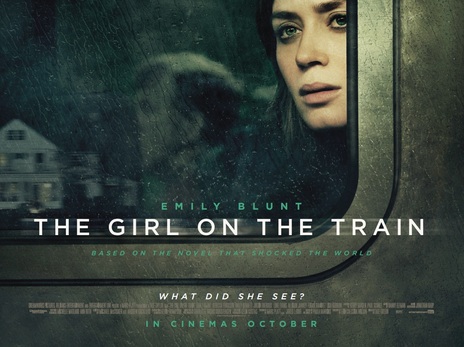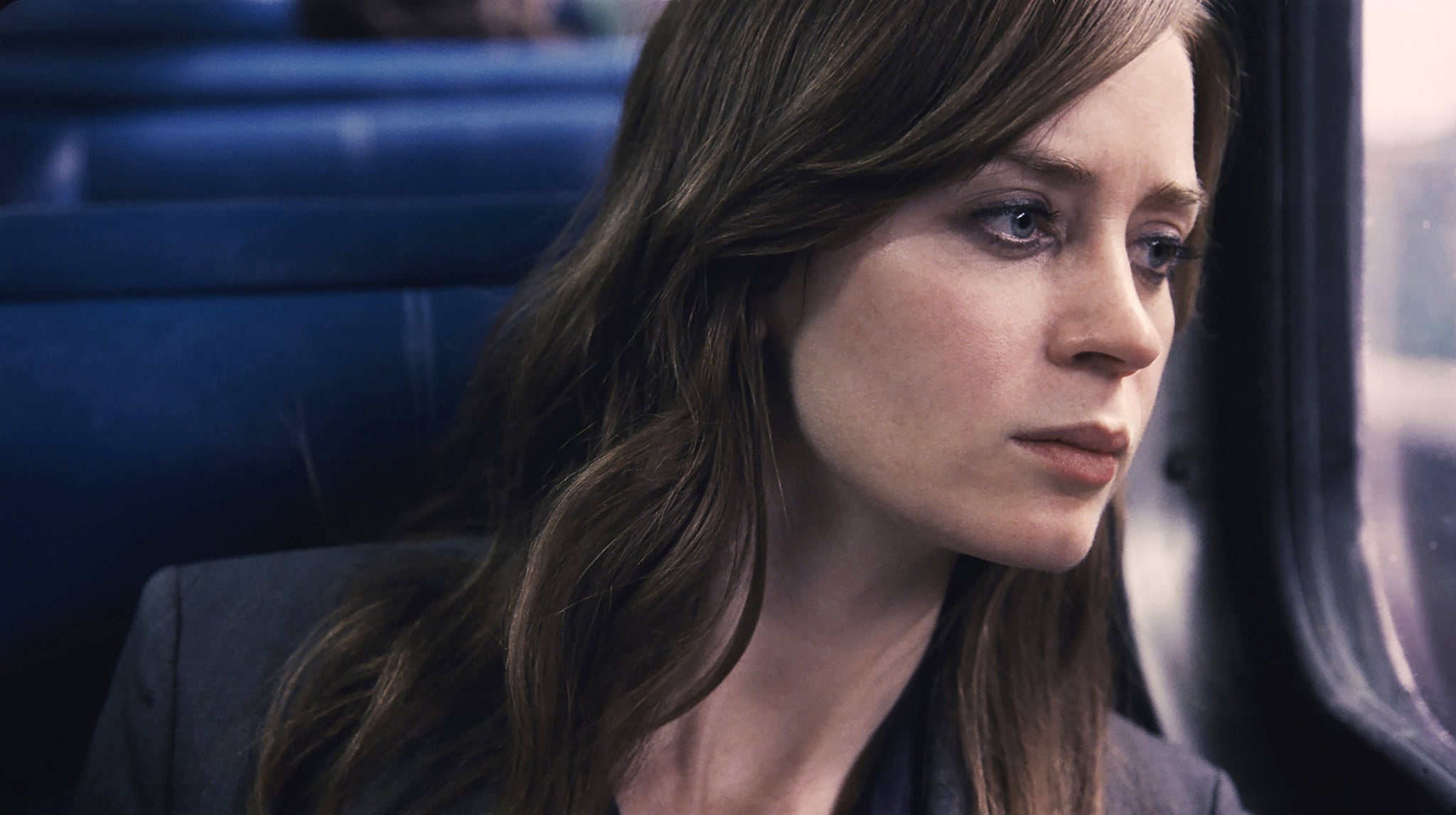When the nominations for the BAFTA’s Best Leading Actress came out, there was something amiss. Not only was Isabelle Huppert’s monumental performance in Elle missing due to date cut-offs (another argument for another time) but, in place of her acting tour-de-force, was Meryl Streep in Florence Foster Jenkins and Emily Blunt in The Girl on the Train. Now, we’re not saying that these ladies didn’t put in effort into these roles but against heavy-weighted nomination-less performances such as Ruth Negga in Loving, Taraji. P Henderson in Hidden Figures, and Annette Benning in 20th Century Women, there is a clear lack in both Blunt’s and Streep’s acting here.
Emily Blunt will eventually get BAFTA Film Award (it is almost unforgivable that she didn’t get one for Sicario,) but, perhaps, not for The Girl on the Train.
The problem is with the film itself, Blunt’s performance goes from enthralling to overblown due to the obviousness of the story. The film sees Blunt as Kate who is an alcoholic for years since a tragedy. Every night she boozes after work, gets on a train, and looks at the house that she used to live in. One night, she sees something odd but winds up in a vomit and piss covered stupor the next day, unsure of what she saw and unaware that she is closer to the case than she realised. What did she see? And how is she connected?
Taking swipes at Emily Blunt’s performance because it seems comparatively odd in the collective of stellar actresses also nominated is somewhat harsh because Blunt does incredible work here. She is a believable drunk: A downright mess for a majority of the time that evolves from bumbling drinker to possible murderer. Blunt captures the leery Kate with exceptional compassion for the character that evolves her away a simple stereotypical performance. She is dislikable as she encroaches on the lives of others and unreliable as we are unaware of her role within the mysterious possible murder case. For a majority of the time

Yet, sometimes, it’s overbearing within the film. Perhaps not because of Blunt but because of how the story is presented. Described as “This Year’s Gone Girl” has merit until you realise that there is zero tension and the twists are obvious from the beginning. Even if you haven’t read the book it is based on, you know exactly who the killer is from the opening few moments. Because of this, Kate becomes a caricature and, in times, silly rather than the earnest car-wreck that she’s supposed to be. Blunt’s support comes from Luke Evans, Justin Theroux, and Rebecca Ferguson who play characters that are left underdeveloped as there is very little effort put in to complete their arcs.
Tate Taylor, who’d previously directed The Help and Get on Up, is valiant in his adaptation of Patricia Adams’ work but, ultimately, The Girl on the Train simply pulls into the wrong station. With an unjustifiable run time, the story unravels into tedium quite quickly. And while Blunt is certainly the best thing within the film, she is ultimately sold short by an overall dull product.
The Girl on the Train is out on DVD & Blu-Ray now.


